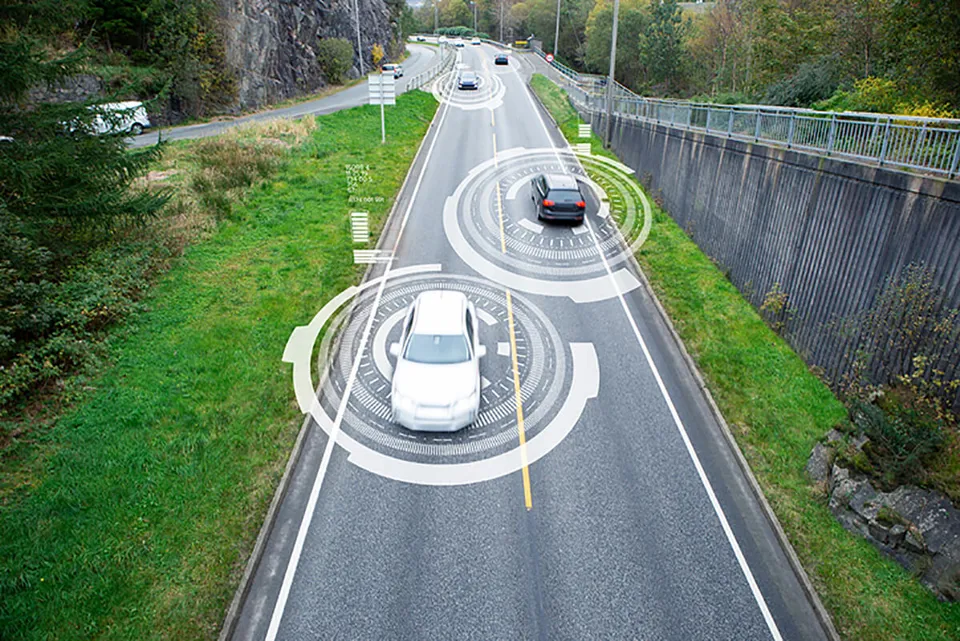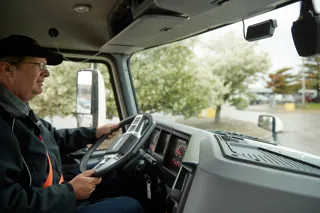The Government is being urged to take the lead on connected-vehicle data to reap the road safety rewards.
A new report, from the RAC Foundation, highlights the potential benefits of connected cars and vans.
Data collected from connected vehicles, for example, can be used to help identify dangerous stretches of road before anyone is killed or seriously injured on them.
Trials are already being run where connected vehicles generate data about extreme driving manoeuvres – such as harsh braking –accurately geolocated to particular points on the road network.
This allows highway engineers the potential to look at those locations and identify the cause, which could be a hidden junction, regularly queueing traffic or even a damaged road surface.
Other applications for connected vehicles include: using eCall data from cars and vans to rapidly identify stopped and crashed vehicles from their airbag activations; using vehicle-generated data to improve traffic light timings; using vehicle-generated data to improve road maintenance planning; and using real-time traction data to identify slippery roads in winter so they can be treated.
However, the study’s author – Andy Graham, of White Willow Consulting – showed that many of the opportunities risk being delayed or missed completely if the issue of who pays for use of such data is not quickly addressed.
Steve Gooding, director of the RAC Foundation, said: “The possibilities thrown up by connected vehicles go far beyond road safety but, while many individual local authorities are exploring options, it must be for Government to take the lead nationally if we are ever to move beyond showcase pathfinder projects to widespread, or universal, application.
“Whilst many of the good ideas which warrant trialling may offer purely commercial opportunities, others are likely to require some public funding – if only as seed corn, or to resource key building blocks of a data architecture such as creating a comprehensive digital record of Traffic Regulation Orders that document things like speed limits.”
Graham, author of the report which is a follow-up to a 2020 study for the RAC Foundation, said: “The core issue that this updated report focuses on is funding – the challenge of matching who benefits with who pays?
“Services that improve road safety or reduce emissions deliver a societal benefit that is hard to recoup from a direct charge to drivers, in the same way road signs are not directly funded by the people relying on them. Hence, not all services have a clear, commercial revenue stream.
“This isn’t just about a plea for funding – it is about the way funding could move away from a myriad of trials toward connected-vehicle data becoming a routine, integral part of improved highway management. This should include a move from funding further away autonomy to delivering better roads from better connectivity today.”
According to the report – Driven by information revisited – a connected vehicle is one which can “generate, transmit and receive/process data”.
The connection can be with “other road users and vehicles, with infrastructure, and with vehicle manufacturers, data providers, insurers and services like mapping and satnav companies”. It will usually be made over the mobile data network.
The data generated might include road conditions, traffic conditions, emergency alerts and driver behaviour.
























Login to comment
Comments
No comments have been made yet.